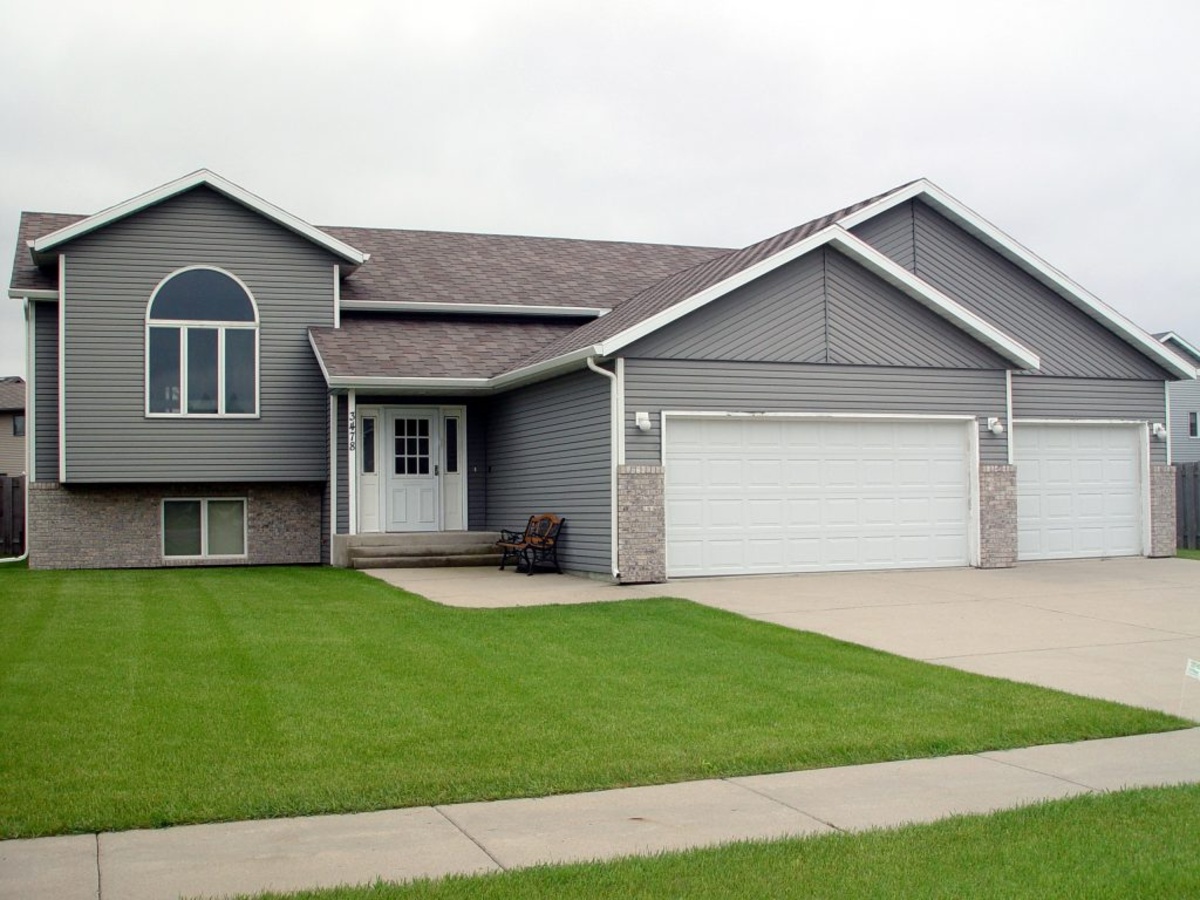

Articles
How Long Does Siding On A House Last
Modified: January 23, 2024
Discover how long siding on a house lasts and get expert advice on maintaining it. Read our informative articles on siding lifespan and care tips.
(Many of the links in this article redirect to a specific reviewed product. Your purchase of these products through affiliate links helps to generate commission for Storables.com, at no extra cost. Learn more)
Introduction
House siding serves as a protective barrier, shielding our homes from the elements and enhancing their aesthetic appeal. But just like any other exterior component, siding is not immune to wear and tear. Over time, it can deteriorate, fade, or become damaged, requiring replacement.
One of the most common questions homeowners have is, “How long does siding on a house last?” The answer to this question depends on several factors, including the type of siding material used, the climate conditions it is exposed to, and how well it is maintained.
In this article, we will explore the various factors that can affect the lifespan of house siding, as well as the different types of siding commonly used. We will also discuss how to extend the lifespan of siding and provide guidance on when it may be time to consider replacing your house siding.
Whether you are considering installing new siding or want to ensure you are making the most of your existing siding, this article will equip you with the knowledge you need to make informed decisions.
Key Takeaways:
- Understanding the factors that affect the lifespan of house siding, such as material, climate, maintenance, and installation, empowers homeowners to make informed decisions and extend the longevity of their siding through proper care and timely repairs.
- Recognizing signs of deteriorating siding and knowing when to replace it are crucial for preserving the integrity and aesthetics of a home. Consulting with professionals can guide homeowners in selecting the best siding material for their specific needs and preferences.
Read more: How Long Does Hardie Siding Last
Factors Affecting the Lifespan of House Siding
The lifespan of house siding is influenced by various factors. Understanding these factors can help homeowners make informed decisions about the type of siding to choose and how to care for it properly. Here are some key factors that affect the lifespan of house siding:
- Material: The type of material used for your siding plays a significant role in its durability and longevity. Different materials have different levels of resistance to moisture, UV rays, insects, and other factors that can cause damage. Some common siding materials include vinyl, fiber cement, wood, metal, and stucco.
- Climate: The climate in which your home is located can greatly impact the lifespan of your siding. Extreme temperatures, high humidity, heavy rainfall, and prolonged exposure to sunlight can all take a toll on the siding. For example, vinyl siding may expand and contract with temperature fluctuations, causing it to crack or warp over time.
- Maintenance: Regular maintenance is crucial for extending the lifespan of house siding. Cleaning the siding periodically, removing debris, and inspecting for damage can help prevent issues from escalating. Additionally, applying protective coatings or sealants, such as paint or stain, can provide an extra layer of defense against the elements.
- Installation: Proper installation is essential to ensure the longevity of your siding. If the siding is not installed correctly, it may be susceptible to moisture infiltration or other issues that can lead to premature deterioration. Hiring a professional siding contractor with expertise in the specific siding material is recommended.
- Quality: The quality of the siding material itself can significantly impact its lifespan. Investing in high-quality siding, even if it comes at a higher upfront cost, can save you money in the long run by reducing the need for frequent repairs or replacement.
While these factors can affect the overall lifespan of house siding, it is important to note that each type of siding material has its own expected lifespan. In the next sections, we will delve into the specific characteristics and lifespans of some common types of house siding.
Common Types of House Siding
When it comes to house siding, there are several popular materials that homeowners can choose from. Each type of siding has its own unique characteristics, benefits, and lifespan. Let’s explore some of the most common types of house siding:
- Vinyl Siding: Vinyl siding is one of the most popular choices for homeowners due to its affordability, durability, and low maintenance requirements. It is resistant to rot, insects, and moisture, making it a long-lasting option. Vinyl siding typically comes with a warranty of 20 to 40 years, depending on the quality of the material.
- Fiber Cement Siding: Fiber cement siding is a versatile and durable option that offers excellent resistance to rot, fire, and pests. It is made from a mixture of cement, cellulose fibers, and sand, resulting in a sturdy and low-maintenance material. Fiber cement siding can last for around 30 to 50 years, making it a long-lasting investment.
- Wood Siding: Wood siding is known for its timeless beauty and natural appeal. It can be crafted from various types of wood, including cedar, pine, and redwood. While wood siding requires regular maintenance, such as staining or painting, it can last for several decades if properly cared for. The lifespan of wood siding depends on factors such as the type of wood, climate, and maintenance routine.
- Metal Siding: Metal siding, such as aluminum or steel, offers excellent durability and resistance to elements like fire, moisture, and insects. It is a low-maintenance siding option that can withstand severe weather conditions. Metal siding can last for 30 to 50 years or more with proper installation and periodic maintenance.
- Stucco Siding: Stucco is a traditional siding material that provides a classic and textured look to homes. It consists of cement, sand, and water and is applied in several layers over a wire mesh. Stucco siding can last for several decades with proper maintenance and periodic repairs, depending on factors such as climate and quality of installation.
These are just a few examples of the many types of house siding available. When choosing the right siding material for your home, consider factors such as budget, climate, maintenance requirements, and desired aesthetic appeal. Additionally, consulting with a professional siding contractor can help you make an informed decision.
Now that we have covered the common types of house siding, let’s explore each type in more detail to understand their specific characteristics and lifespans.
Vinyl Siding
Vinyl siding is one of the most popular and widely used types of house siding. It is known for its affordability, durability, and ease of maintenance. Vinyl siding is made from polyvinyl chloride (PVC) resin, which is mixed with various additives to enhance its strength and resistance to the elements.
One of the key advantages of vinyl siding is its durability. It is resistant to rot, insects, moisture, and fading, making it a long-lasting option for homeowners. Vinyl siding is also available in a wide range of colors, styles, and textures, allowing homeowners to customize their home’s exterior appearance.
The lifespan of vinyl siding can vary depending on the quality of the material and the installation. On average, vinyl siding can last anywhere from 20 to 40 years. High-quality vinyl siding with proper installation and maintenance routines can even exceed the 40-year mark.
Maintaining vinyl siding is relatively straightforward. Regular cleaning with a mild detergent and water can help remove dirt, grime, and mildew. Avoid using harsh chemical cleaners or abrasive scrubbers, as they may damage the surface of the siding. Additionally, inspect the siding periodically for any signs of damage or loose panels and repair or replace them as needed.
While vinyl siding is durable, it is not indestructible. Extreme temperatures can cause the vinyl to expand or contract, leading to cracks or warping. In regions with hot climates, choosing lighter-colored vinyl siding can help minimize heat absorption and potential damage.
Another factor to consider with vinyl siding is the potential for fading over time due to prolonged exposure to sunlight. Choosing vinyl siding with built-in UV protection can help mitigate the effects of sun damage and maintain the color vibrancy for a longer period.
Overall, vinyl siding is a cost-effective and durable option for homeowners seeking a low-maintenance solution. With proper care and periodic inspections, vinyl siding can protect and enhance the beauty of your home’s exterior for many years.
Fiber Cement Siding
Fiber cement siding is a versatile and durable option that has gained popularity among homeowners. It is made from a mixture of cement, cellulose fibers, and sand, resulting in a sturdy and weather-resistant material.
One of the key benefits of fiber cement siding is its exceptional durability. It is resistant to many common issues associated with other siding materials, including rot, insects, fire, and moisture. This makes fiber cement siding a long-lasting investment for your home.
The lifespan of fiber cement siding can range from 30 to 50 years, depending on factors such as the quality of the material, climate conditions, and maintenance routine. High-quality fiber cement siding, installed correctly and well-maintained, can even surpass the 50-year mark.
While fiber cement siding offers excellent durability, it does require some maintenance to ensure its longevity. Cleaning the siding periodically with mild detergent and water can help remove dirt, debris, and stains. Inspecting the siding for any signs of damage, such as cracks or loose panels, is also important. If any issues are detected, repair or replace the damaged sections promptly to prevent further damage.
One of the unique advantages of fiber cement siding is its resistance to moisture. Unlike wood siding, fiber cement does not absorb water, reducing the risk of rot or swelling. However, it is still essential to address any potential water infiltration around windows, doors, or other openings to maintain the integrity of the siding.
Fiber cement siding is available in a variety of styles, textures, and colors, allowing homeowners to achieve the desired look for their home. It can be made to mimic the appearance of wood, stone, or other materials, giving you the flexibility to match your home’s architectural style.
Overall, fiber cement siding is a durable and versatile option for homeowners looking for long-lasting siding solutions. Its ability to withstand various weather conditions, resistance to pests and moisture, and low maintenance requirements make it a popular choice for many.
Read more: How Long Does Metal Siding Last
Wood Siding
Wood siding has been a popular choice for homeowners for centuries, known for its natural beauty and timeless appeal. It offers a warm and traditional look that can enhance the overall aesthetic of any home. Wood siding is available in various types of wood, including cedar, pine, redwood, and more.
One of the key advantages of wood siding is its unique ability to add character and charm to a home. Each piece of wood has its own grain pattern and natural variations, giving the exterior a distinct and inviting look. Wood siding can be stained, painted, or left untreated to showcase the natural beauty of the wood.
The lifespan of wood siding depends on factors such as the type of wood, climate conditions, and maintenance routine. With proper care and maintenance, wood siding can last for several decades. However, it is important to note that wood siding requires regular upkeep to protect it from moisture damage, insects, and rot.
To extend the lifespan of wood siding, it is crucial to follow a maintenance routine. This includes regular cleaning to remove dirt, mold, and mildew, as well as applying paint or stain to protect the wood from moisture and UV rays. Inspecting the siding for any signs of damage, such as rot or loose boards, is also important. Promptly addressing any issues can prevent further damage and ensure the longevity of the wood siding.
Wood siding is more susceptible to damage from moisture compared to other siding materials. It is important to address any potential water infiltration around windows, doors, and other openings to prevent rot or swelling. Additionally, regular sealing, staining, or painting can provide an extra layer of protection against moisture damage.
While wood siding requires more maintenance compared to other siding materials, many homeowners appreciate its natural beauty and the character it adds to their homes. With proper care and attention, wood siding can provide many years of beauty and functionality.
Siding on a house can last anywhere from 20 to 40 years, depending on the material and maintenance. Regular cleaning and inspections can help extend its lifespan.
Metal Siding
Metal siding, such as aluminum or steel, is a durable and versatile option for homeowners. It offers excellent protection against the elements, making it a popular choice for areas with harsh weather conditions.
One of the key advantages of metal siding is its exceptional durability. Metal is resistant to rot, insects, fire, and moisture, making it a long-lasting option for your home. It can withstand severe weather conditions, including high winds, heavy rain, and snow.
The lifespan of metal siding can vary depending on factors such as the thickness of the metal, the quality of the coating, and the maintenance routine. On average, metal siding can last for 30 to 50 years or more, with proper installation and regular maintenance.
Metal siding requires minimal maintenance compared to other siding materials. It is resistant to rust and corrosion, reducing the need for frequent repairs or replacements. Regular cleaning with mild detergent and water can help remove dirt and debris. Inspecting the siding for any signs of damage, such as dents or loose panels, is also recommended.
One of the unique advantages of metal siding is its ability to reflect heat, which can contribute to energy efficiency and lower cooling costs. It also offers excellent fire resistance, providing an added layer of safety to your home.
Metal siding is available in a variety of styles, such as vertical panels or horizontal lap siding. It can be painted in a range of colors, allowing homeowners to customize the exterior appearance of their homes. Some metal siding options even mimic the look of other materials, such as wood or stucco, providing a versatile design choice.
Overall, metal siding is a durable and low-maintenance option for homeowners seeking longevity and protection. With its resistance to elements, energy efficiency, and design versatility, metal siding can be a worthwhile investment for your home.
Stucco Siding
Stucco siding is a traditional and versatile option that provides a classic and textured look to homes. It is a mixture of cement, sand, and water that is applied in several layers over a wire mesh or a solid surface. Stucco siding offers both aesthetic appeal and durability.
One of the key benefits of stucco siding is its exceptional durability. When properly installed and maintained, stucco siding can last for several decades. Its solid and robust construction makes it resistant to rot, insects, and fire, giving homeowners peace of mind.
The lifespan of stucco siding can vary depending on factors such as the quality of installation, climate conditions, and maintenance routine. On average, stucco siding can last for 30 to 50 years or more. Regular maintenance and occasional repairs, such as sealing or patching, can help prolong its lifespan.
Maintaining stucco siding involves regular cleaning to remove dirt, debris, and mildew. Power washing, using gentle water pressure, can effectively clean the surface without causing damage. Inspecting the siding for any cracks, chips, or disintegration is also important. Promptly addressing any issues and repairing them with the appropriate materials can prevent further damage and ensure the longevity of the stucco siding.
Stucco siding offers excellent resistance to moisture, making it particularly suitable for areas with high humidity or rainy climates. However, it is important to ensure proper drainage and avoid any moisture buildup behind the stucco, as it can lead to cracking or other forms of damage.
Stucco siding is highly customizable and can be finished in a variety of textures and colors. From smooth to rough textures, homeowners have the flexibility to achieve their desired look. Stucco can also be painted to change the color or to match the aesthetic of the home.
Overall, stucco siding is a durable and visually appealing option for homeowners seeking a classic and textured exterior for their homes. With proper installation, regular maintenance, and occasional repairs, stucco siding can provide many years of beauty and protection.
How to Extend the Lifespan of House Siding
Proper maintenance and care are essential for extending the lifespan of house siding. By following these tips, you can help protect your siding from damage and ensure its longevity:
- Clean Regularly: Wash your siding periodically to remove dirt, dust, and debris that may accumulate over time. Depending on the type of siding, you can use a soft brush, a sponge, or a pressure washer on a low setting. Avoid using abrasive cleaners that may damage the surface.
- Inspect for Damage: Regularly inspect your siding for any signs of damage, such as cracks, chips, or loose panels. Addressing these issues promptly can prevent further damage and prolong the lifespan of your siding.
- Maintain Proper Drainage: Ensure that gutters and downspouts are clear of debris and functioning properly. Proper drainage helps prevent water from pooling against the siding, which can lead to moisture damage and mold growth.
- Trim Vegetation: Trim back any vegetation, such as tree branches or shrubs, that may be touching or rubbing against the siding. This will prevent scratches and damage to the surface and help maintain proper airflow around the siding.
- Seal or Paint: For certain types of siding, such as wood or stucco, applying a protective sealant or paint can help shield the surface from moisture, UV rays, and other elements. Consult with a professional to choose the appropriate sealant or paint for your specific siding material.
- Repair or Replace Damaged Sections: If you notice any damaged or deteriorating sections of your siding, it is important to repair or replace them as soon as possible. Ignoring small issues can lead to more significant problems down the line.
- Be Mindful of Maintenance Products: If you plan to use any chemicals or cleaning products on your siding, make sure they are safe for your specific siding material. Some products may be too harsh and can cause damage or discoloration.
- Consider Professional Maintenance: Periodically hire a professional siding contractor to perform a thorough inspection and maintenance routine on your siding. They can identify any potential issues and provide expert advice on how to properly care for your siding.
By following these maintenance tips, you can help extend the lifespan of your house siding and keep it looking beautiful for years to come. It is important to consult the manufacturer’s guidelines and recommendations for your specific type of siding to ensure proper care.
Read more: How Long Does LP Smart Siding Last
Signs of Deteriorating House Siding
Identifying the signs of deteriorating house siding is crucial for homeowners to address any issues promptly and prevent further damage. Here are some common signs that your siding may be deteriorating:
- Cracks or Gaps: Inspect your siding for any visible cracks or gaps. These can allow moisture to penetrate, leading to further damage and potential rot.
- Rot or Decay: If your siding feels soft, spongy, or crumbles when touched, it may be a sign of rot or decay. This is especially common with wood or fiber cement siding.
- Warped or Buckled Siding: When siding is exposed to extreme heat or moisture, it may warp or buckle. This can compromise its functionality and appearance.
- Fading or Discoloration: Over time, constant exposure to sunlight can cause fading or discoloration of siding materials. This can impact the overall aesthetics of your home.
- Pest Infestation: Insects, such as termites or carpenter ants, can infiltrate and damage siding materials. Look for signs of pest activity, including small holes, wood shavings, or visible pests.
- Peeling or Flaking Paint: If the paint on your siding is peeling or flaking, it may indicate moisture infiltration or a failing protective coating. This can contribute to further deterioration of the siding material.
- Mold or Mildew Growth: Excessive moisture and poor ventilation can lead to the growth of mold or mildew on the siding. Look for dark spots or patches on the surface.
- Noise or Rattling: If you hear noises or rattling coming from your siding, it may be a sign of loose or deteriorating panels. This can compromise the stability and protection of your siding.
- Insect Nests or Holes: Insects, such as bees or wasps, may create nests or holes in wood or other porous siding materials. These signs should be addressed promptly to prevent further damage and potential infestations.
If you notice any of these signs of deteriorating house siding, it is recommended to consult with a professional siding contractor to assess the extent of the damage and determine the best course of action. Prompt repairs or replacement can help protect your home from further damage and maintain its curb appeal.
When to Replace House Siding
While regular maintenance and repairs can help extend the lifespan of house siding, there may come a time when replacing the siding is the best course of action. Here are some indicators that it may be time to replace your house siding:
- Extensive Damage: If your siding has significant damage, such as widespread rot, cracks, or warping, it may be more cost-effective to replace it rather than continuously repair individual sections.
- Inefficient Energy Performance: Older or poorly insulated siding may contribute to energy inefficiency in your home. If you notice increased energy bills or difficulty maintaining consistent indoor temperatures, upgrading to new, energy-efficient siding can help improve insulation.
- Mold or Mildew Growth: If your siding repeatedly develops mold or mildew, it may be a sign of underlying moisture issues that need to be addressed. Replacing the siding with a material that is more resistant to moisture can prevent future growth and potential damage to your home’s structure.
- Outdated Appearance: If the appearance of your siding is outdated or no longer aligns with your desired aesthetic, replacing it can give your home a fresh, updated look and potentially increase its curb appeal and resale value.
- Significant Fading: Over time, constant exposure to sunlight can cause fading or discoloration of siding materials. If your siding has become significantly faded or discolored and cannot be restored, replacing it can restore the visual appeal of your home.
- High Maintenance Requirements: If your current siding requires frequent or costly maintenance, such as regular painting or sealing, replacing it with a low-maintenance option can save you time and money in the long run.
- Home Renovation or Remodeling: When undertaking a comprehensive home renovation or remodeling project, it may be an opportune time to replace the siding to ensure a cohesive and updated appearance.
While these are some general indications for siding replacement, it is important to consult with a professional siding contractor to assess the condition of your siding and determine the best course of action. They can provide expert advice tailored to your specific situation and guide you through the process of selecting and installing new siding.
Ultimately, replacing house siding can be a worthwhile investment in preserving the integrity, functionality, and aesthetics of your home for years to come.
Conclusion
House siding is not only an essential protective barrier for our homes but also plays a crucial role in enhancing their visual appeal. Understanding the factors that affect the lifespan of house siding is vital for homeowners to make informed decisions about the type of siding material to choose and how to care for it properly.
Throughout this article, we explored the various factors that can influence the lifespan of house siding, including the material used, climate conditions, maintenance routines, installation quality, and overall quality of the siding itself. We also delved into the specific characteristics and lifespans of some common types of house siding, such as vinyl, fiber cement, wood, metal, and stucco.
Additionally, we discussed how to extend the lifespan of house siding through regular cleaning, proper maintenance, and timely repairs. Recognizing the signs of deteriorating siding, such as cracks, rot, fading, or peeling paint, allows homeowners to address issues promptly and prevent further damage. We also highlighted the importance of knowing when it’s time to replace house siding, considering factors like extensive damage, energy performance, and outdated appearance.
With a proactive approach to maintenance and periodic inspections, homeowners can protect their investment and enjoy the benefits of long-lasting, beautiful house siding. Whether you choose vinyl, fiber cement, wood, metal, or stucco siding, each material has its own unique characteristics and lifespan. It is crucial to consult with professionals to determine the best option for your specific needs and preferences.
In conclusion, understanding the lifespan and care requirements of house siding is essential for maintaining the integrity and beauty of your home. By taking the necessary steps to protect and maintain your siding, you can ensure that it continues to provide protection, insulation, and aesthetic appeal for many years to come.
Frequently Asked Questions about How Long Does Siding On A House Last
Was this page helpful?
At Storables.com, we guarantee accurate and reliable information. Our content, validated by Expert Board Contributors, is crafted following stringent Editorial Policies. We're committed to providing you with well-researched, expert-backed insights for all your informational needs.
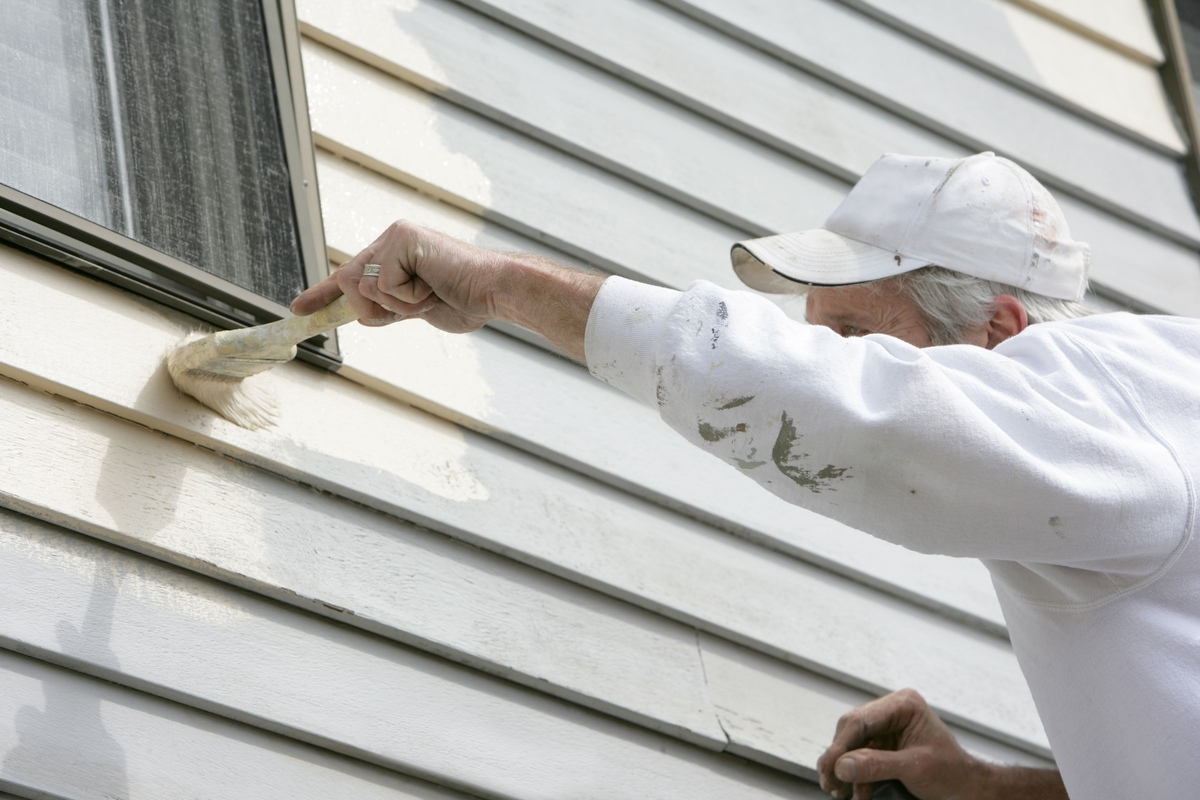
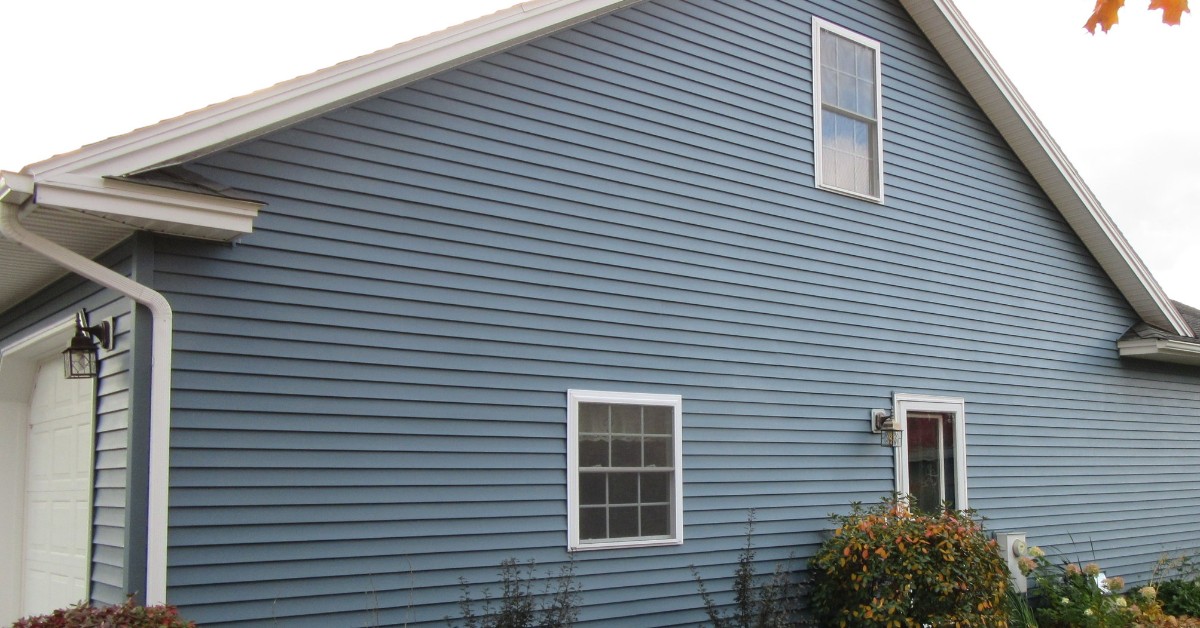
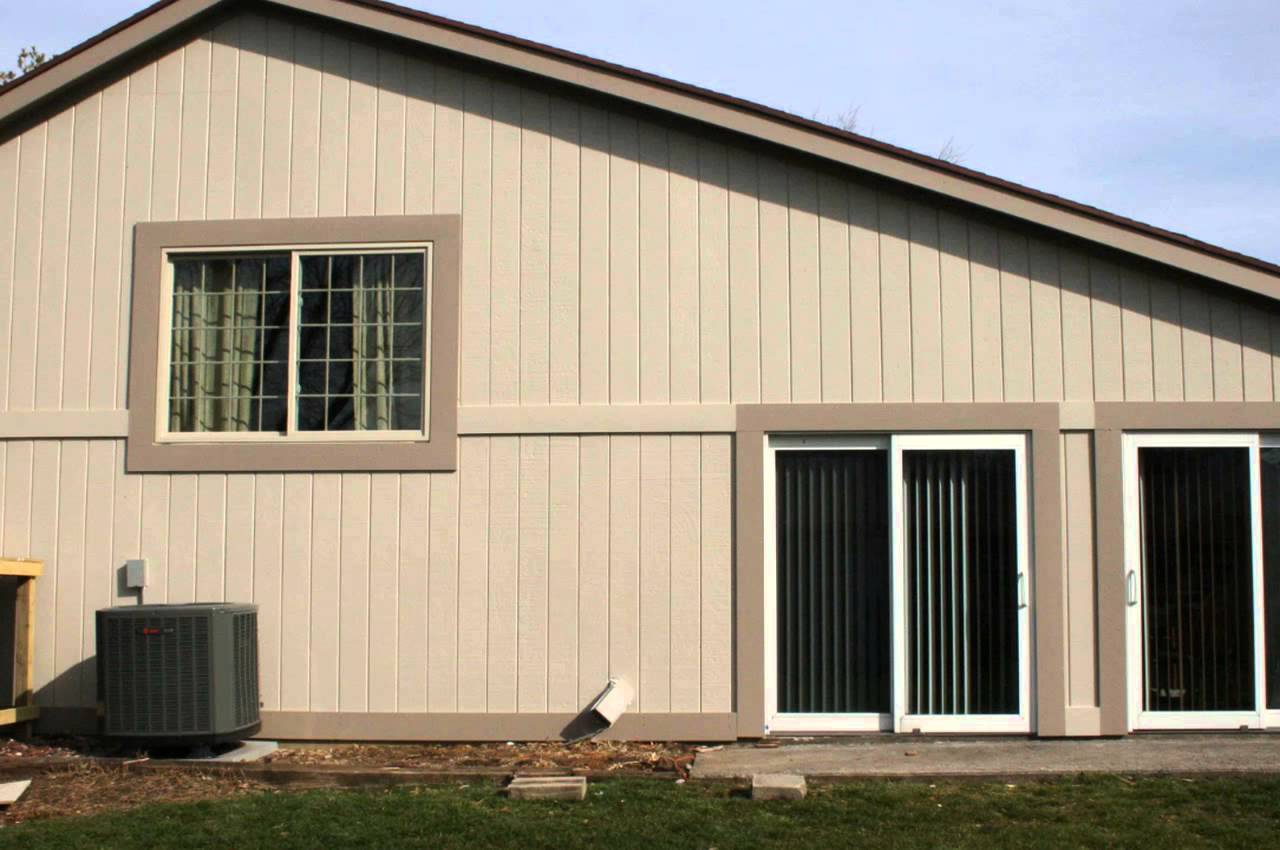
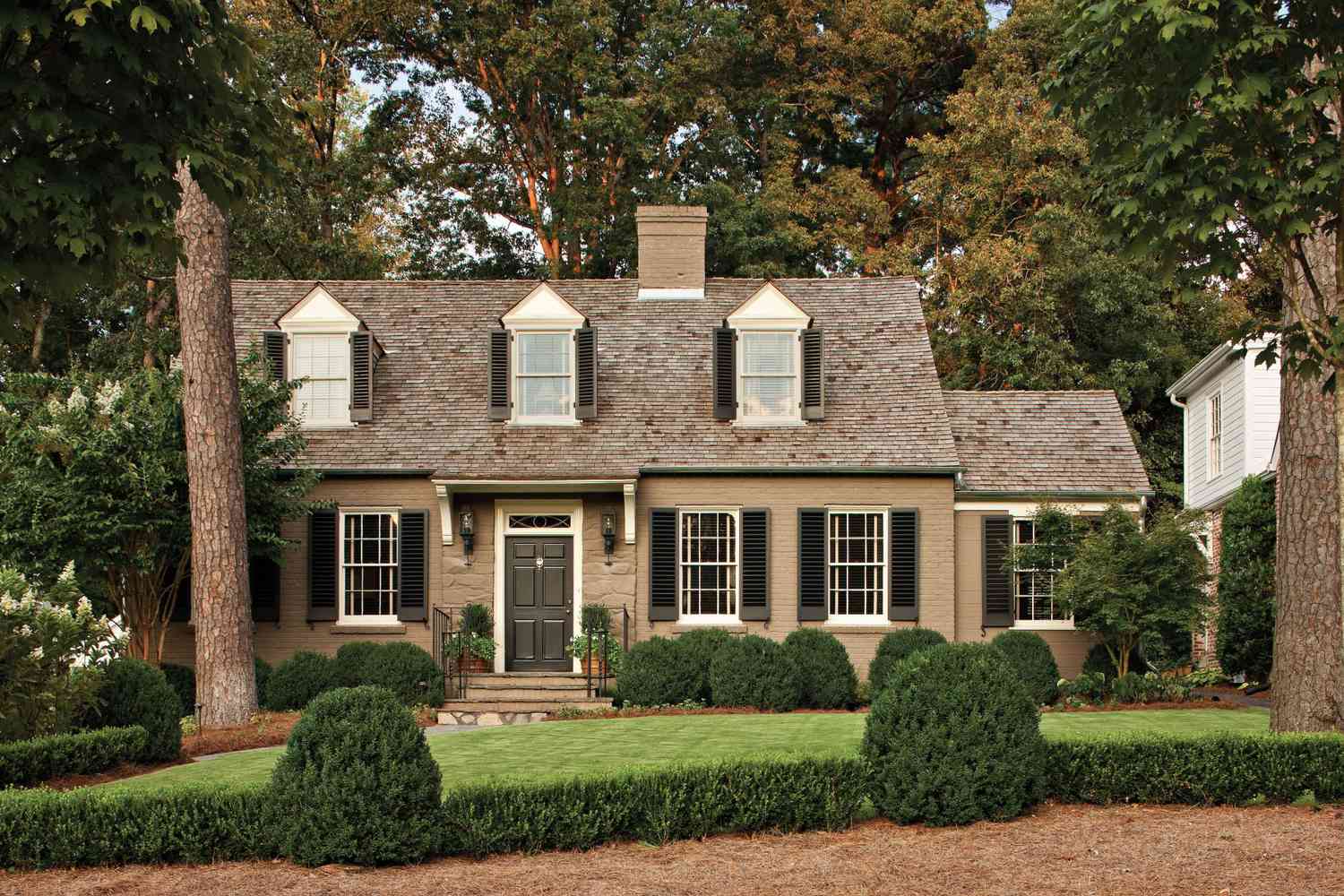
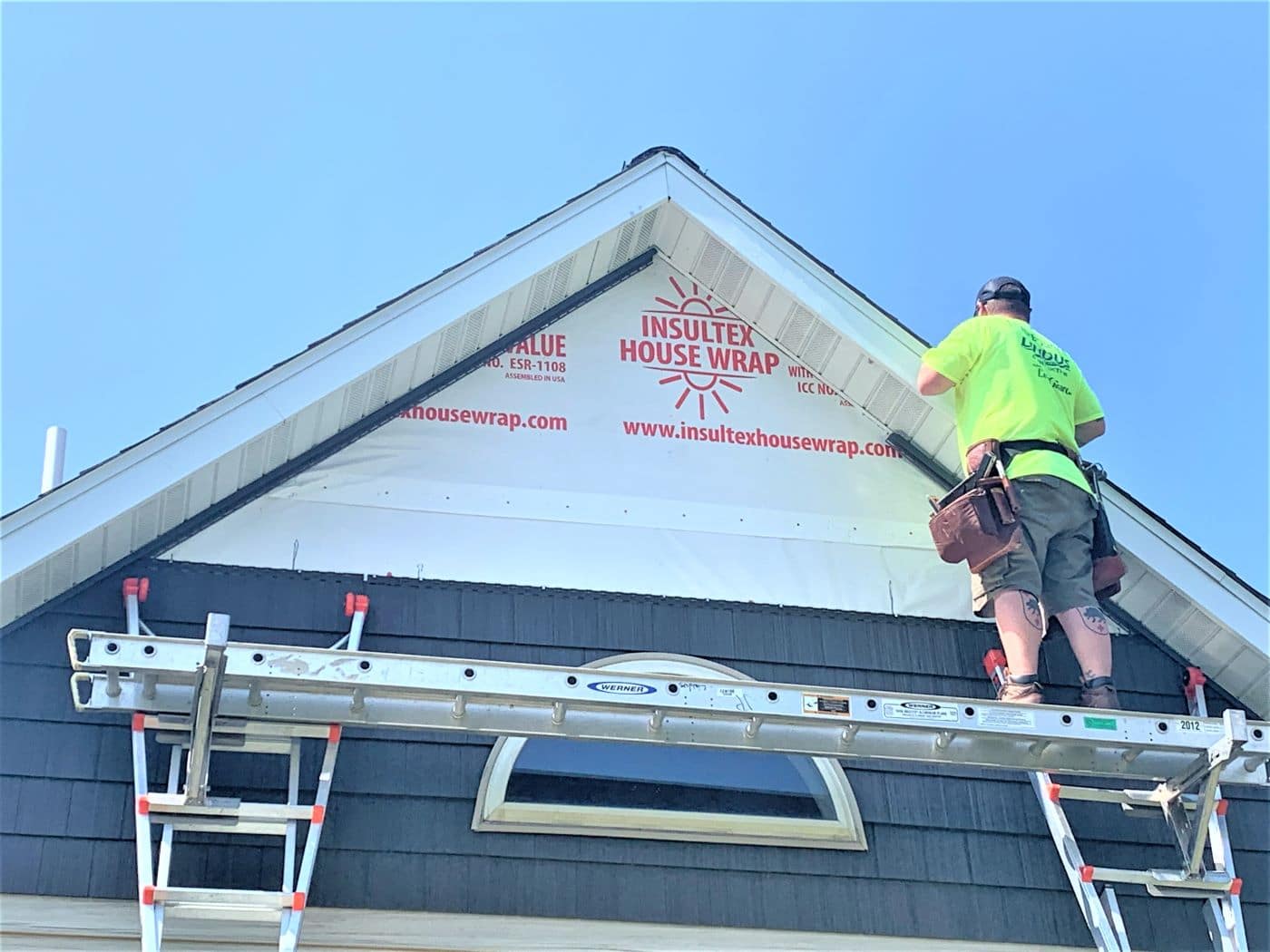
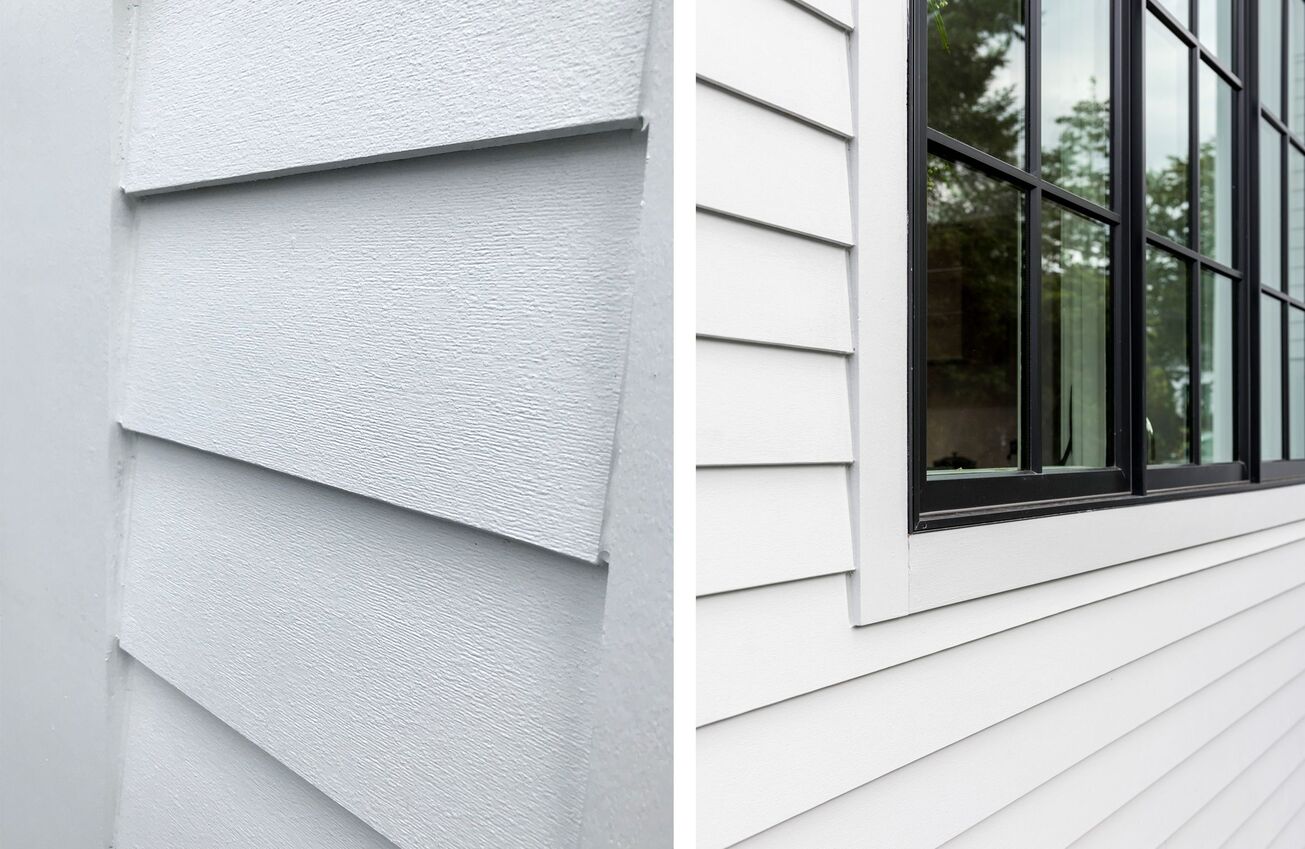
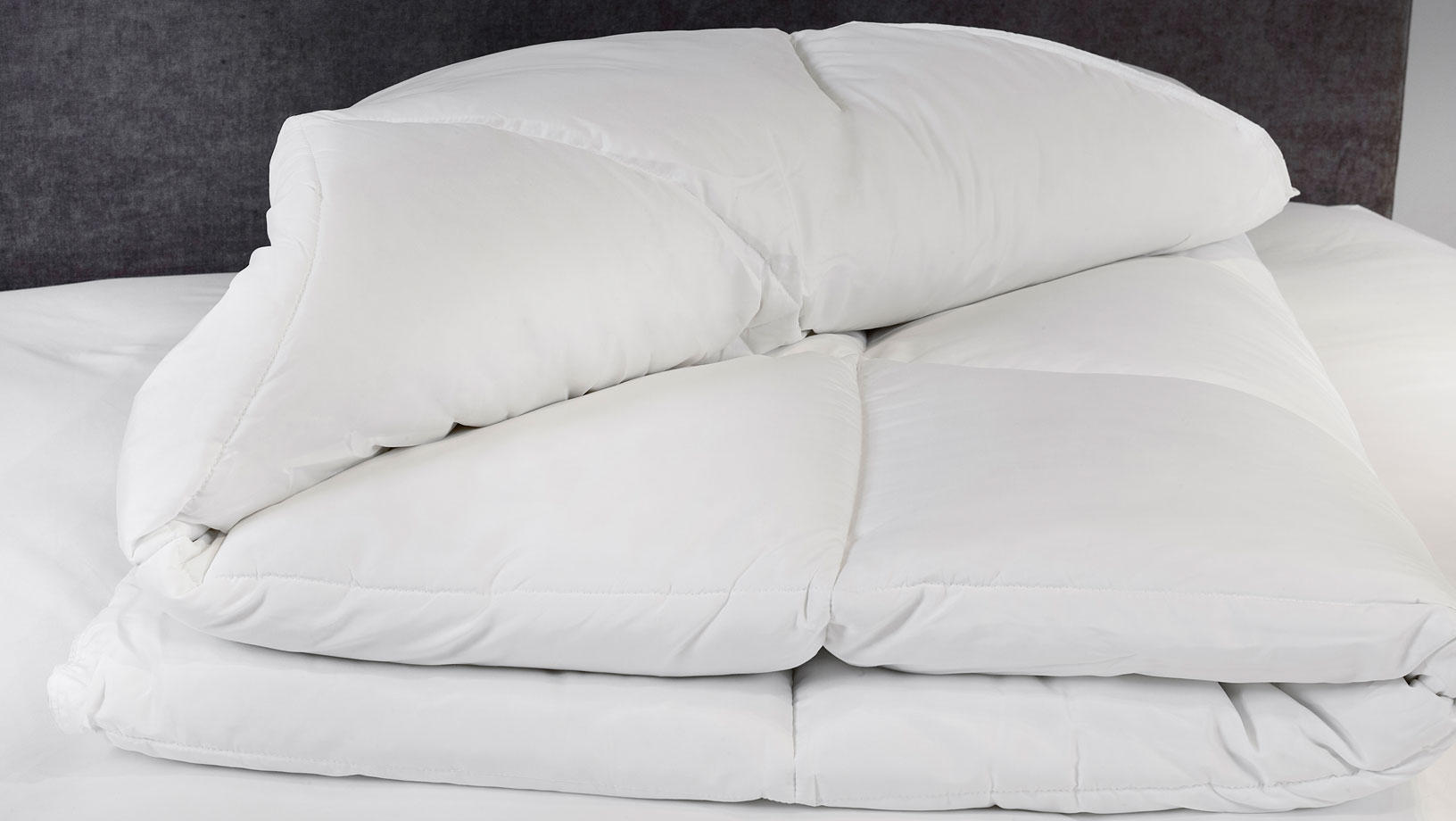
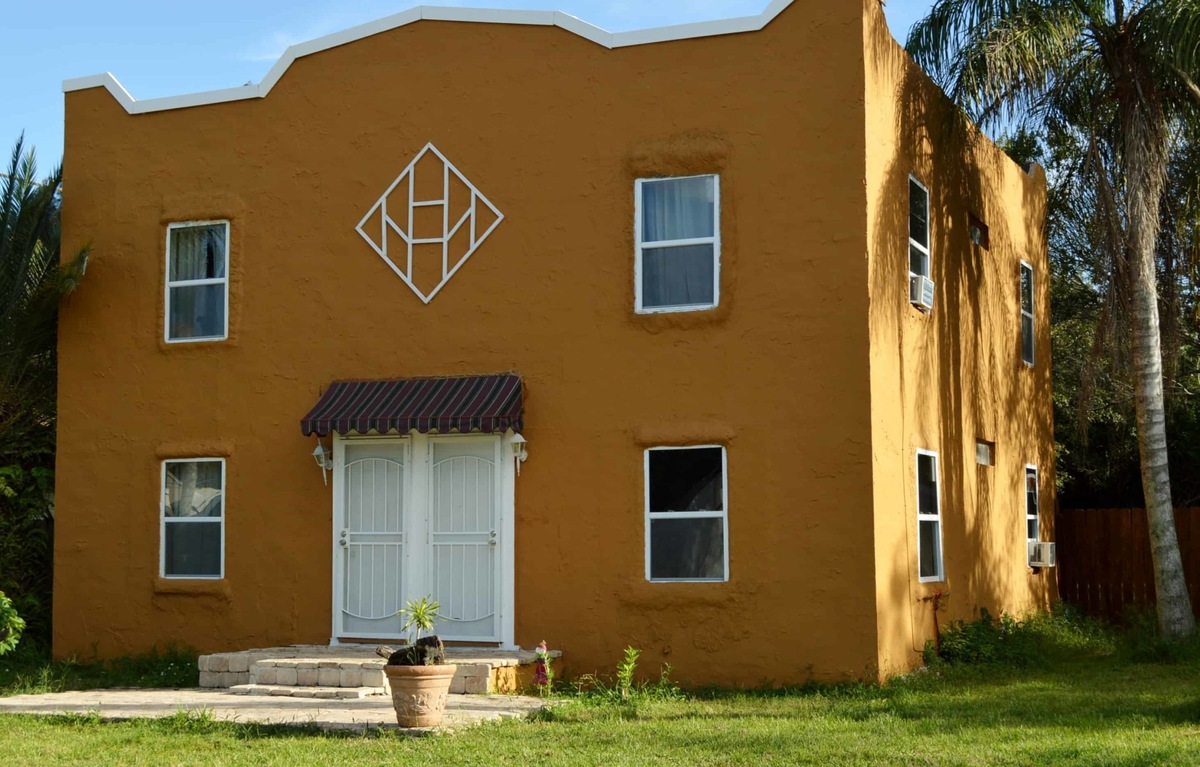
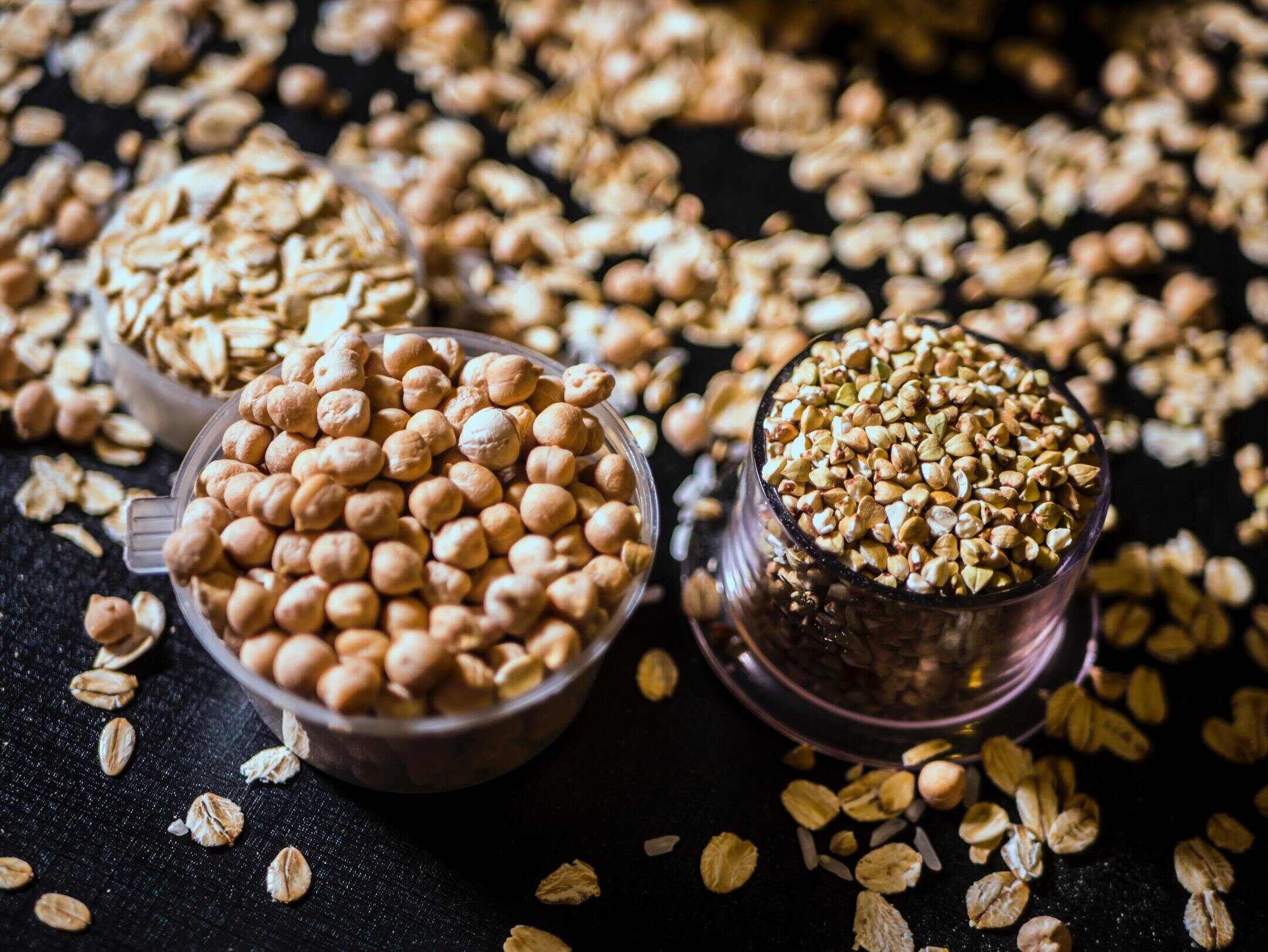
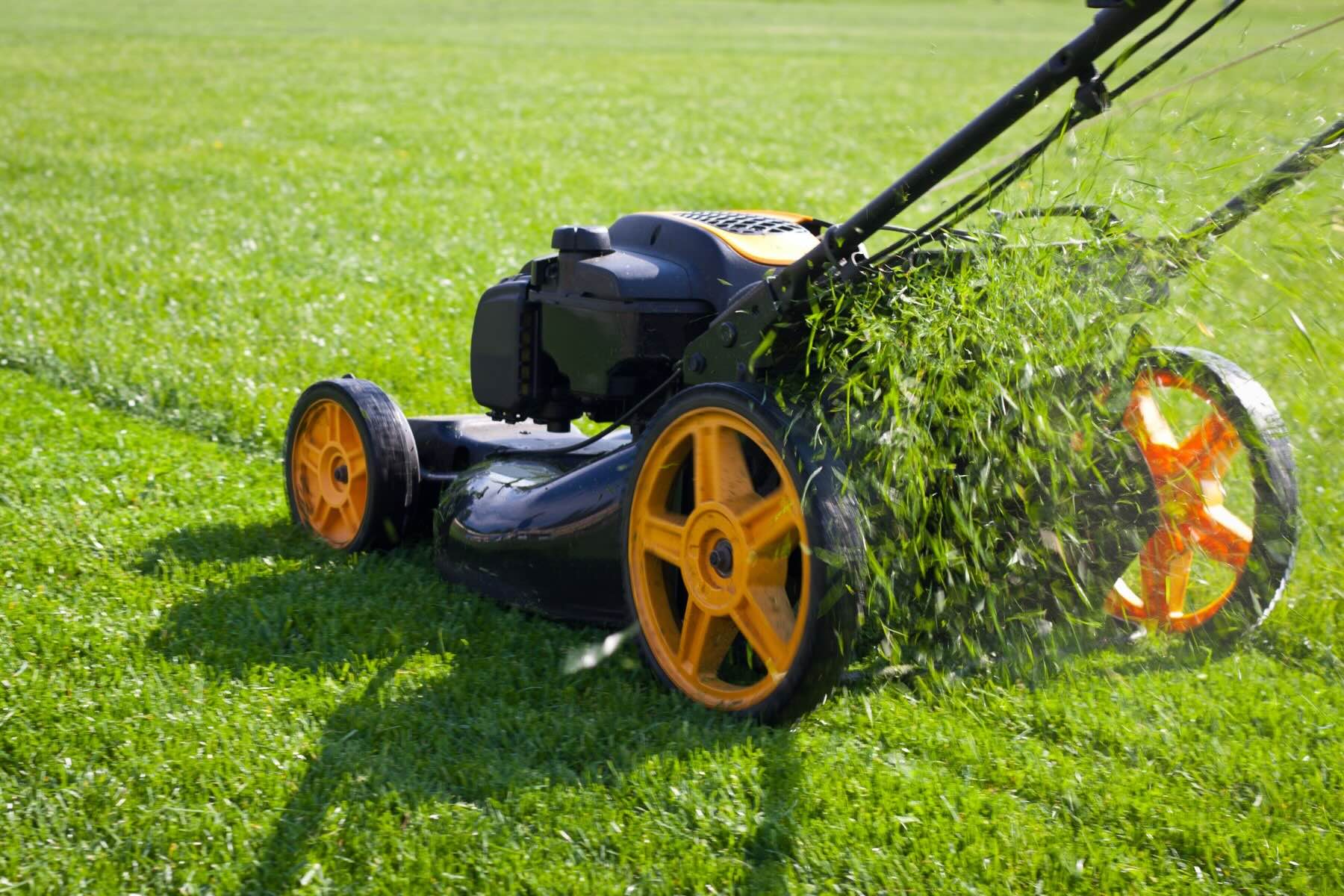
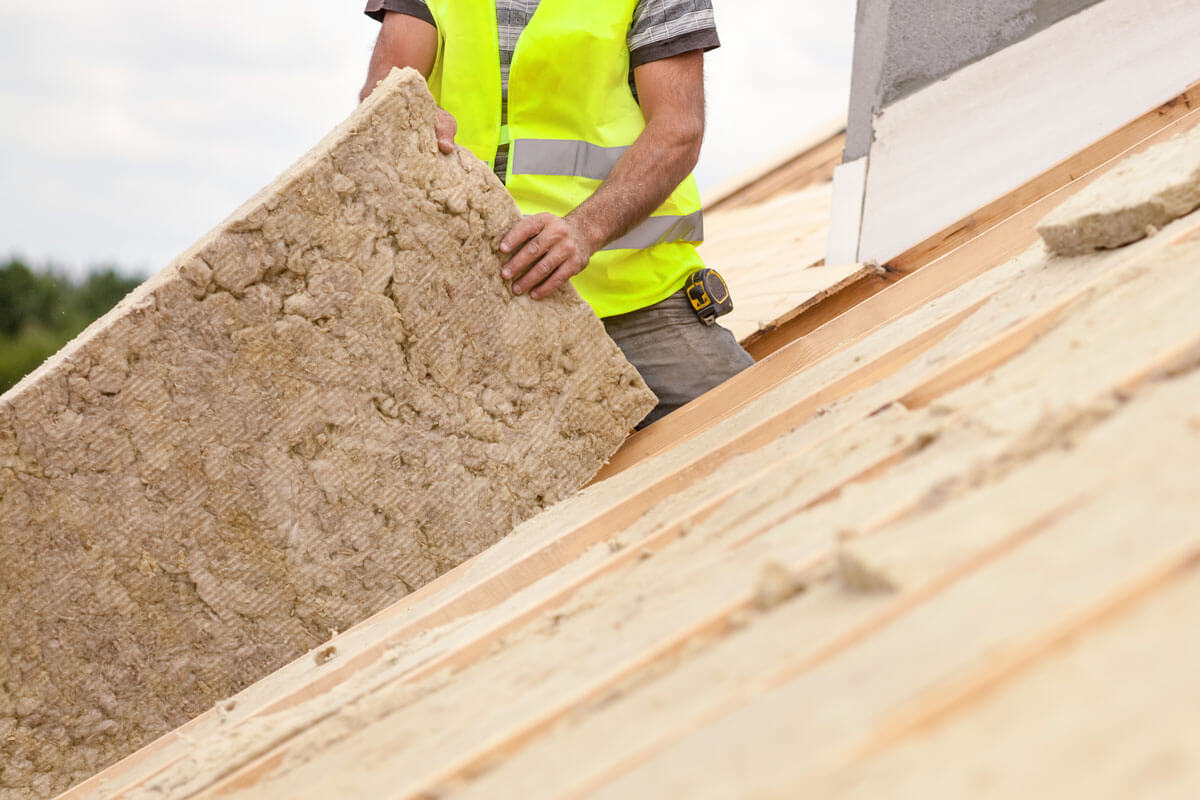
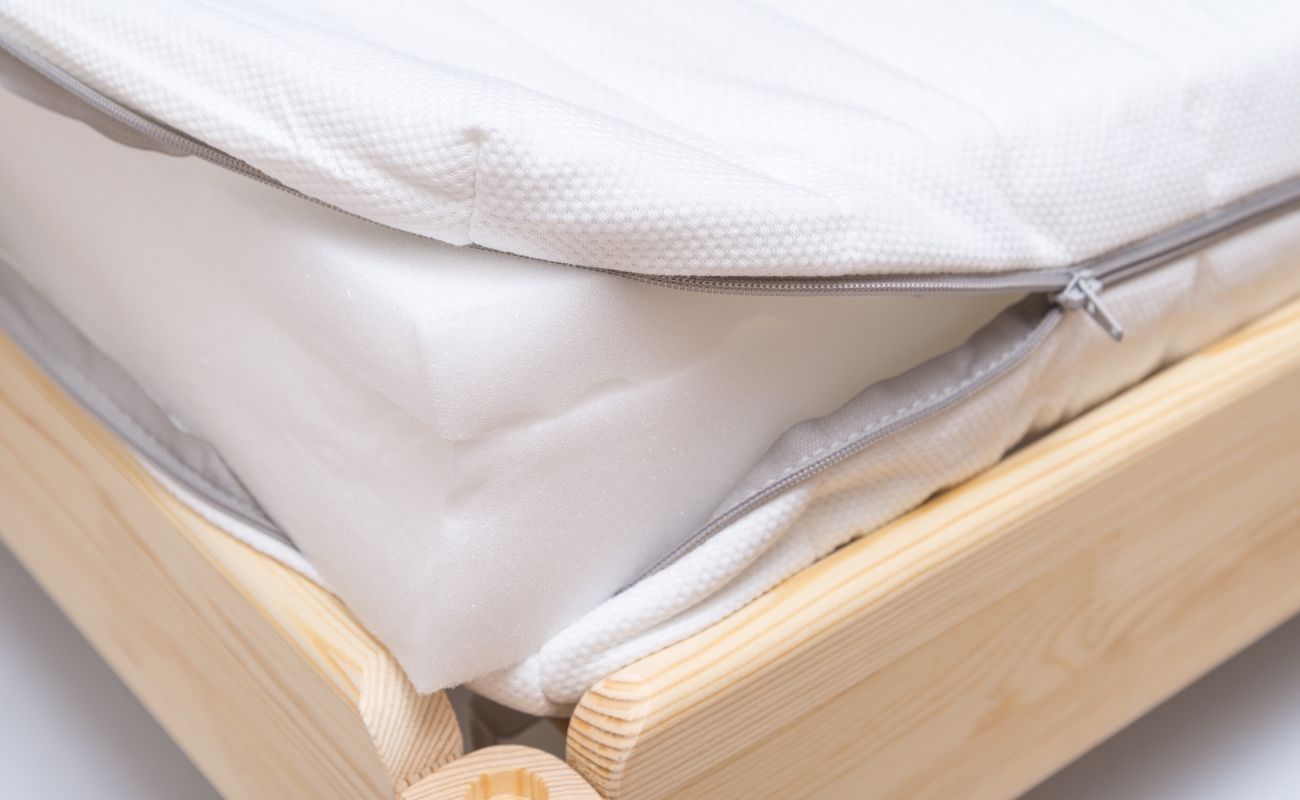
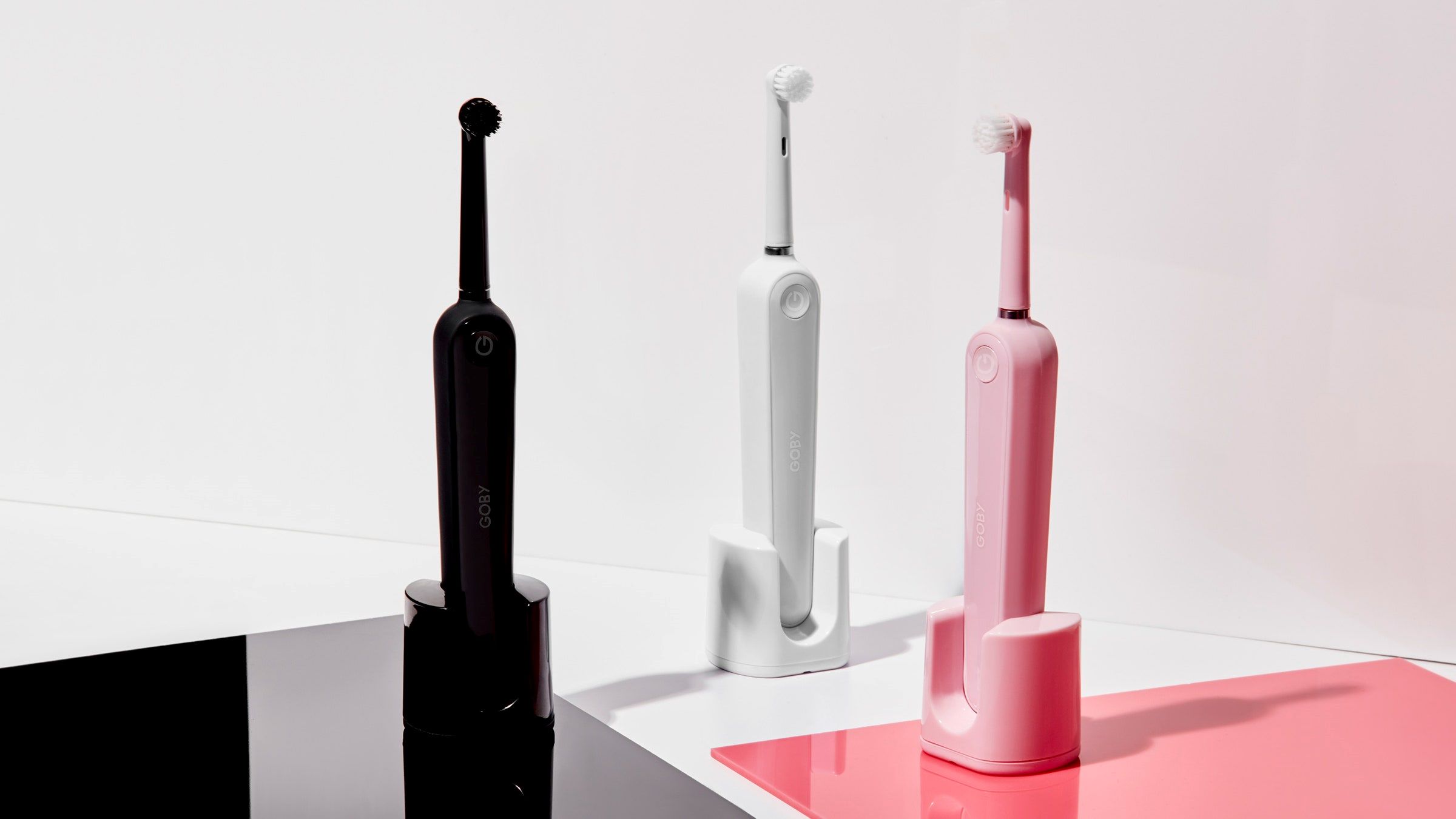

0 thoughts on “How Long Does Siding On A House Last”